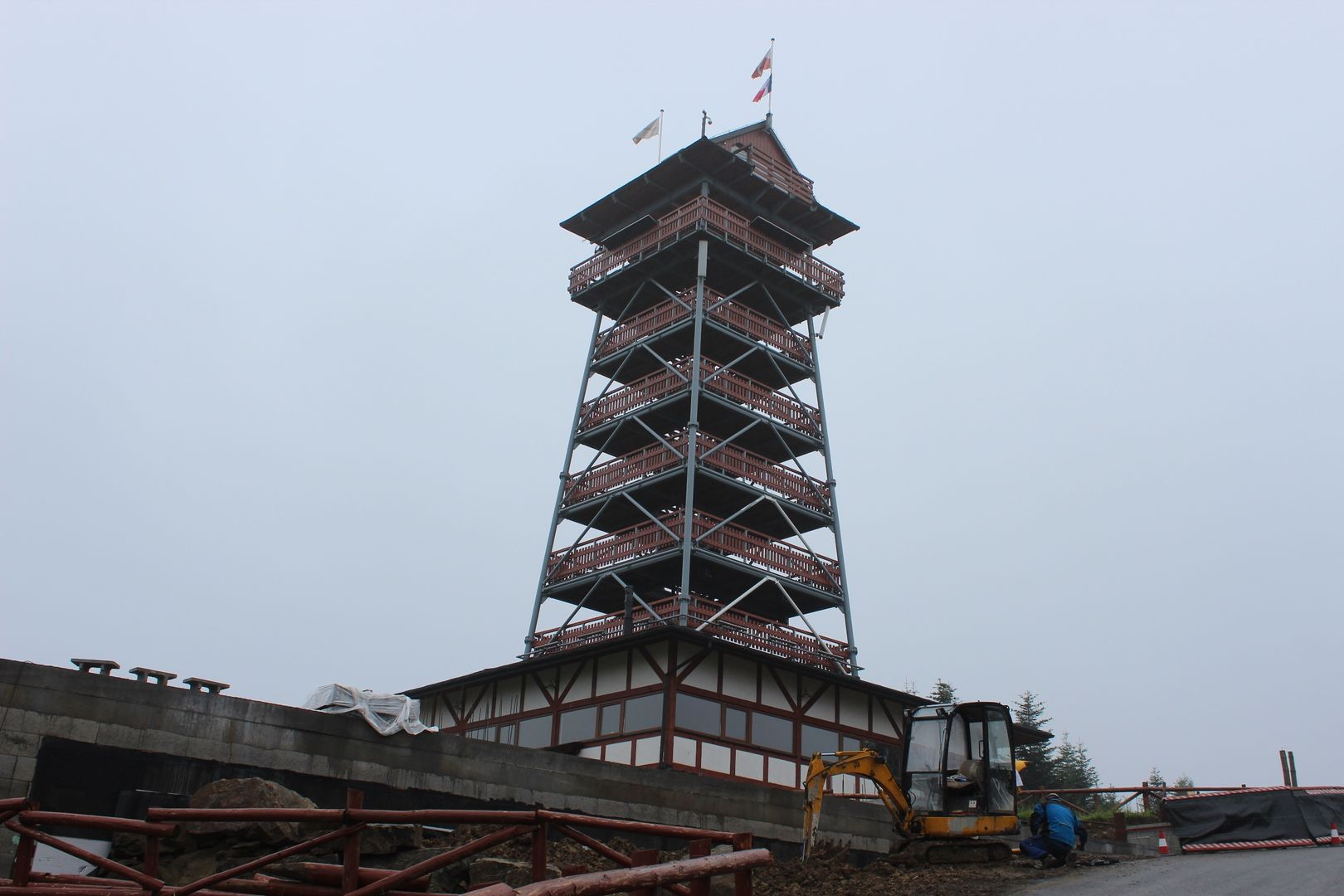Stryszawa
6.08

Overview
Stryszawa is a picturesque village in the Lesser Poland Voivodeship, nestled in the valley of the Stryszawka stream, surrounded by the Przedbabiogórskie Range. A listed heritage site is the Forester's Lodge with its farm building. The village boasts numerous other monuments, such as the neo-Gothic Church of St. Anne, a brick chapel from 1843, a Loretto bell tower, and roadside shrines, all testifying to the region's rich historical and cultural traditions. Stryszawa is also a recognized center of folk toy-making, where traditional toys like wheelbarrows and little horses are still crafted. The village is home to the regional ensemble "Stryszawskie Gronicki," and hosts cultural events such as the Stryszawa Festival and the Toy Festival. Stryszawa has a rich history dating back to 1480 when it was founded by the Słupski family. In the past, it served as a pastoral center and the seat of a Vlach voivode. In the 20th century, it was known for its production of wooden shingles, and today the locals are engaged in crafts and toy-making. Stryszawa is also a place where the distinct cultural features of the Żywiec and Babia Góra highlanders are prominently displayed. The area offers numerous hiking trails, and the municipality provides sports facilities that encourage outdoor activities. Stryszawa has three primary schools, as well as a school complex connected to local traditions and history. The nearby "Beskidzki Raj" hotel complex features a viewing tower that offers stunning mountain panoramas. An interesting historical note is that in the 18th century, around 200 families were deported to the General Government, which had tragic consequences for the local community. Through its monuments, culture, and history, Stryszawa is a fascinating destination for visitors eager to explore the traditions of the region.
Location
2025 Wizytor | All Rights Reserved